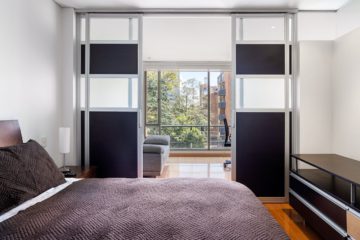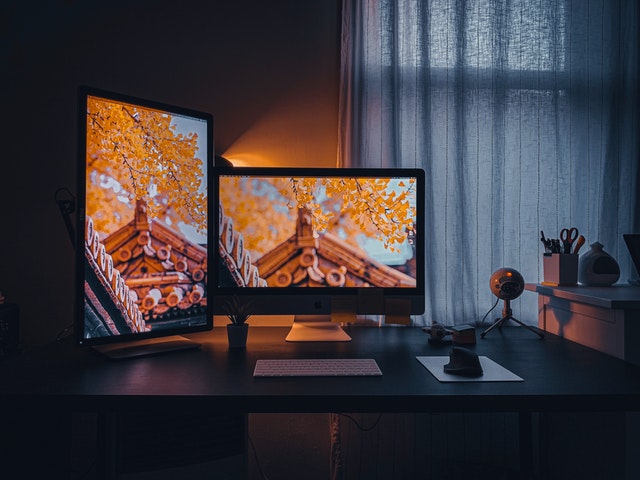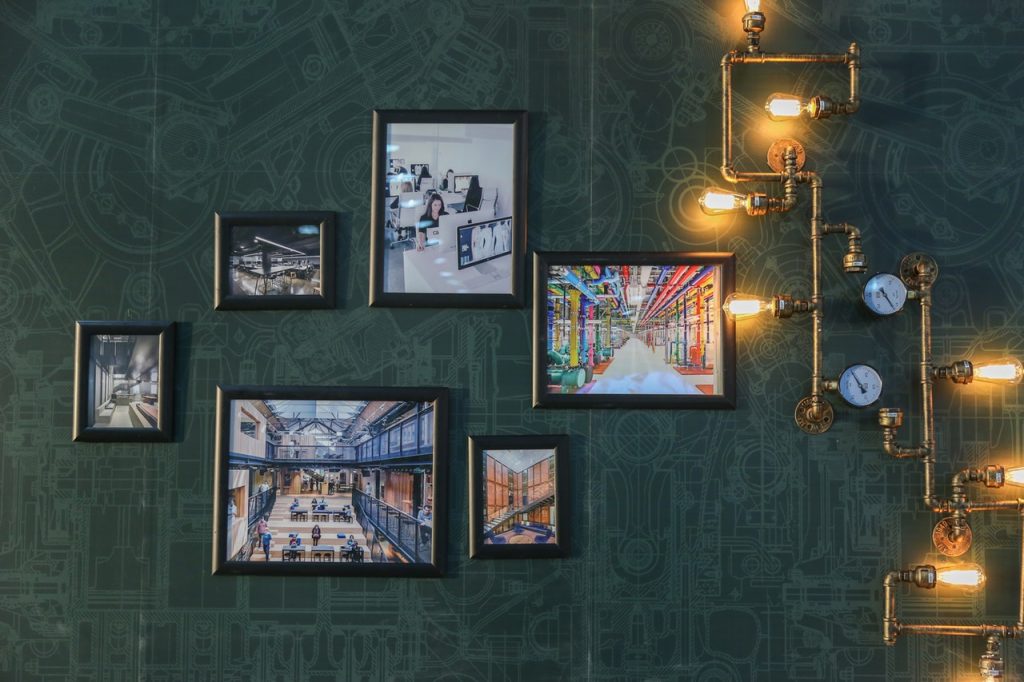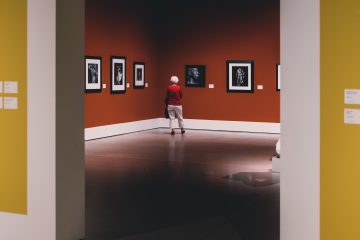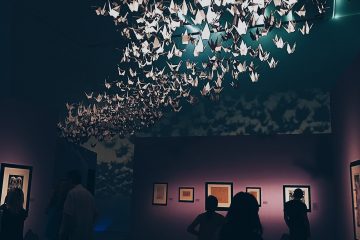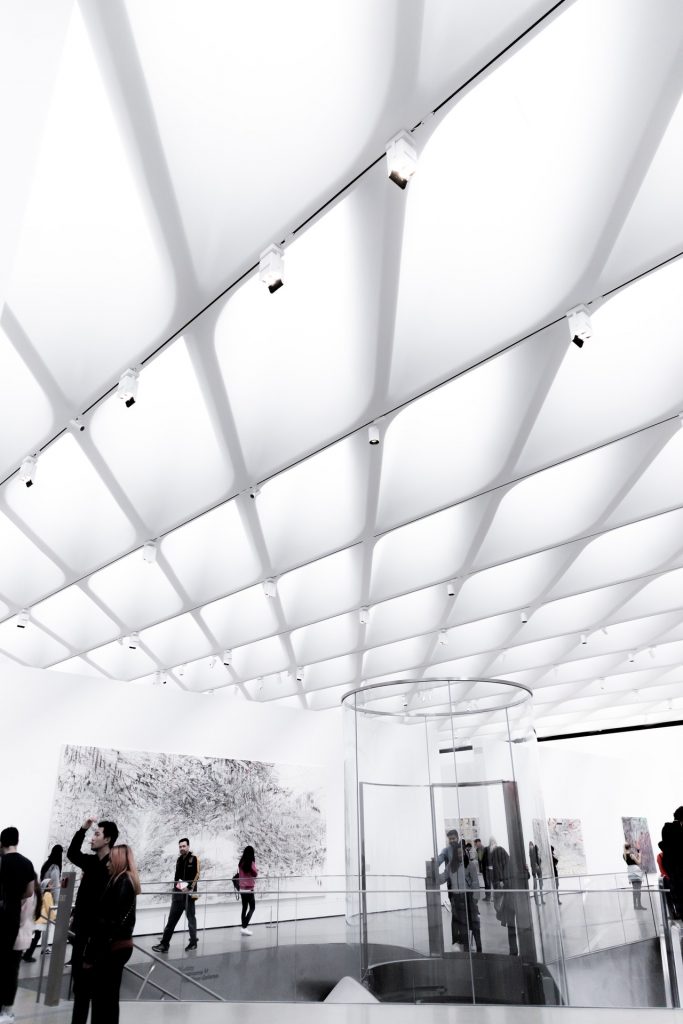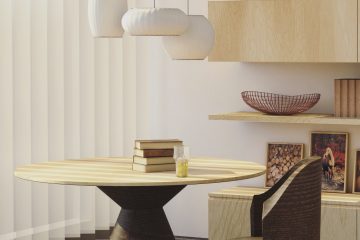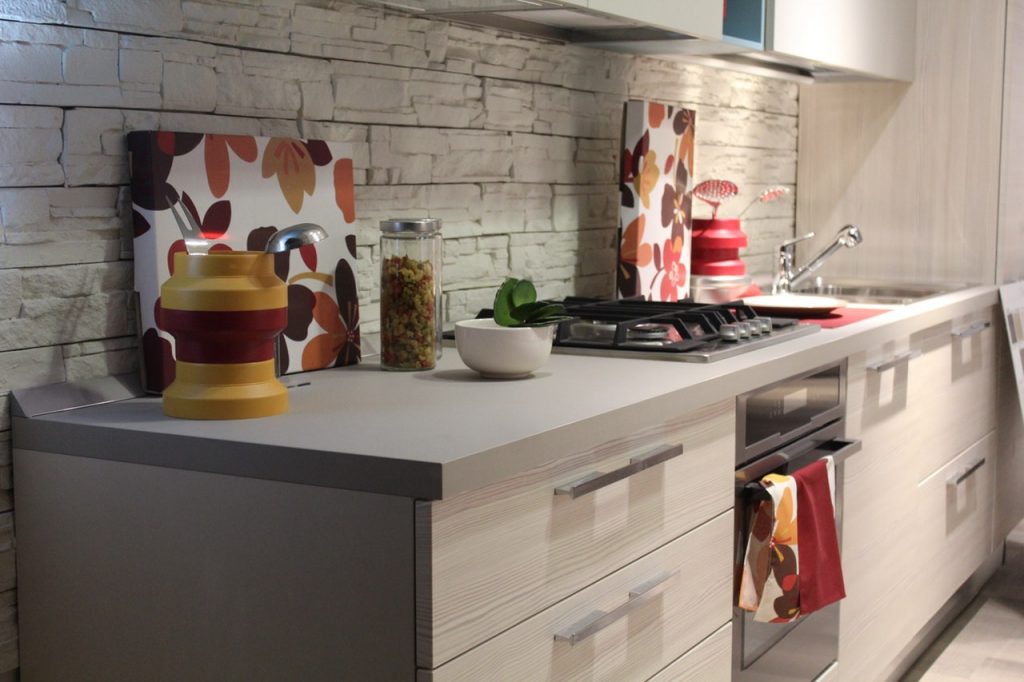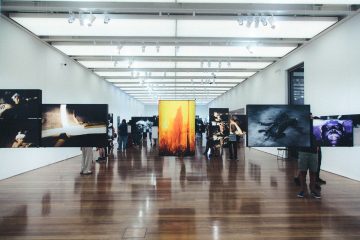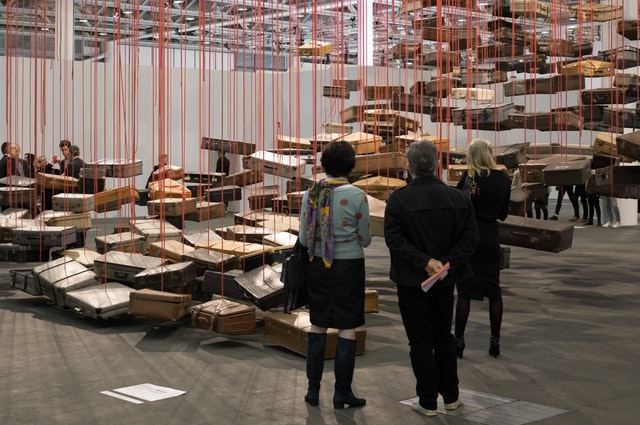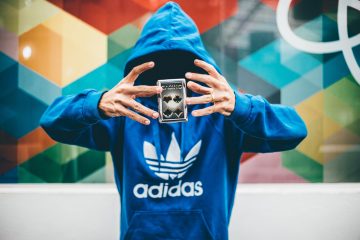A major retailer accelerated its technology one cloud migration to cut data-centre costs and unlock real-time analytics. Concurrently, the firm secured patent protection for a new recommendation algorithm that would run on the platform.\ The timing was deliberate: moving workloads safely and ring-fencing intellectual property were treated as two halves of one risk-management plan. By aligning infrastructure, legal strategy, and culture from the outset, the retailer turned a routine upgrade into a competitive leap.
1 Why Migration Alone Is Not Enough
Cloud adoption promises elasticity, resilience, and lower capital outlay. Yet those gains disappear if proprietary code, data models, or unique user interfaces leak to rivals. Intellectual property (IP) is the margin maker that justifies investment in advanced infrastructure. Without robust legal fences, every cost saving can be matched by competitors who reverse-engineer public-facing features. A comprehensive transformation programme therefore asks two questions in the same breath: Where will our workloads run? and How will we stop them being copied?
2 Mapping Digital Crown Jewels
Before the first virtual machine spins up, cross-functional teams catalogue innovation assets. These include algorithms, database schemas, UI designs, training datasets, and even deployment scripts whose efficiency provides an edge. Each artefact receives a criticality score: high (direct revenue driver), medium (process optimiser), or low (readily available elsewhere). Legal advisers match the list to appropriate shields—patents for technical inventions, trade secrets for configuration tricks, copyright for bespoke front-end code. The exercise prevents wasted filing fees on low-impact ideas and ensures no crown jewel is left unguarded.
3 Designing the Target Architecture
Next comes an architecture that isolates sensitive components behind zero-trust gateways, role-based access, and fine-grained encryption keys. Multi-account structures keep development, testing, and production sandboxes separate; an attacker breaching one environment cannot pivot easily. Static-code analysis scans repositories for inadvertent disclosure of secret sauce. Meanwhile, observability pipelines tag every log entry with data-classification labels, helping security operations detect exfiltration attempts that target valuable IP.
4 Synchronising Timelines
Cloud projects often follow a sprint cadence, while patent filings operate on statutory clocks. Aligning both schedules avoids awkward gaps. For example, a public launch of a new feature before the provisional application is lodged can jeopardise novelty. Equally, delaying feature deployment for an unprepared legal brief can waste market-window advantages. Agile-legal sync meetings set milestones: proof-of-concept complete, drafting session begins; beta release scheduled, provisional filed; general availability planned, international phase entered. Shared Gantt charts or Kanban boards visualise the critical path spanning DevOps and IP.
5 Automating Compliance Gates
Continuous-integration pipelines incorporate automated checks for export-control rules, open-source licence obligations, and patent-family overlaps. If a developer commits code that infringes an active claim, the build fails and prompts remediation before the code reaches staging. Similarly, infrastructure-as-code templates include compliance tags that flag workloads subject to data-sovereignty or encryption regulations. These gates turn corporate policy into executable guardrails, reducing the cost of late-stage rework.
6 Cost‐Benefit Analysis of Filing Strategy
Patent portfolios can devour budgets when filed indiscriminately in every jurisdiction. A disciplined approach weighs market size, enforcement practicality, and product roadmap. For instance, protecting in Australia, New Zealand, and ASEAN might suffice for an APAC-centric retailer, while merely maintaining defensive publications elsewhere deters opportunistic filings. Savings funnel back into migration acceleration—extra penetration tests, performance-tuning sprints, or staff upskilling—creating a virtuous loop where IP prudence funds operational excellence.

7 Change Management and Culture
Employees accustomed to on-premise silos may distrust shared-responsibility models. Training programmes illustrate how cloud service-provider security dovetails with internal obligations, rather than replacing them. Hackathons demonstrate that new serverless toolchains can deliver features faster and more securely. Legal lunch-and-learns debunk myths that patents clog creativity, explaining that clear articulation of invention boundaries actually spurs bolder iteration. When teams see governance as an enabler, not a drag, adoption sticks.
8 Case Study: Predictive Stocking Platform
A grocery chain migrated its demand-forecast engines into a scalable cloud environment to compute hourly restock schedules for 300 stores. Parallel legal work yielded a patent on a dynamic safety-stock buffer that factored weather data and local events. The provisional was filed six weeks before pilot go-live, and the migration roadmap scheduled public blog posts only after the patent’s priority date. In the first full quarter, stock-outs fell 18 per cent, and the company licensed the algorithm to a non-competing overseas retailer, recouping two thirds of migration spend within a year.
9 Governance After Go-Live
Post-deployment, governance shifts from project to lifecycle mode. FinOps dashboards track cost anomalies, while usage analytics show whether protected modules are delivering monetisable differentiation. Patent-maintenance fee reminders feed into the same dashboard, helping executives decide whether to pay, divest, or abandon low-utility assets. Threat-intelligence feeds monitor competitor filings for potential clashes, triggering legal or technical countermeasures early.
10 Preparing for Future Tech Shifts
Edge computing, quantum-safe algorithms, and AI-generated code loom on the horizon. A migration-plus-protection mindset becomes a repeatable playbook: identify new critical IP, secure it, architect the platform accordingly, execute in synchrony, and institutionalise monitoring. Organisations that mastered this cycle for their first major cloud move will adapt fastest to subsequent waves, converting uncertainty into repeatable opportunity.
Conclusion
Cloud migration, executed in isolation, delivers operational gains yet risks commoditisation. Patent strategy, pursued without technical context, inflates legal spend while missing practical safeguards. When enterprises interlace these disciplines, they create a resilient fabric where innovation flourishes in a fortress built for scale. From discovery workshops to post-launch telemetry, every phase benefits when workloads and legal rights move in lockstep. The outcome is not merely lower cost or stronger IP, but a dynamic capability to capture market gaps under the full protection of law and architecture alike—a future-proofed platform where ingenuity earns its rightful return.






